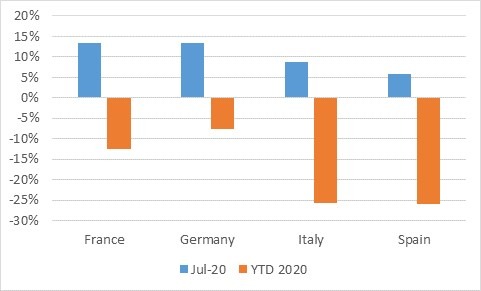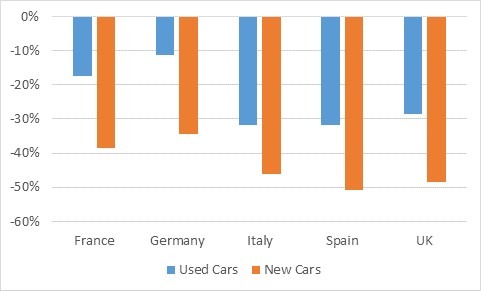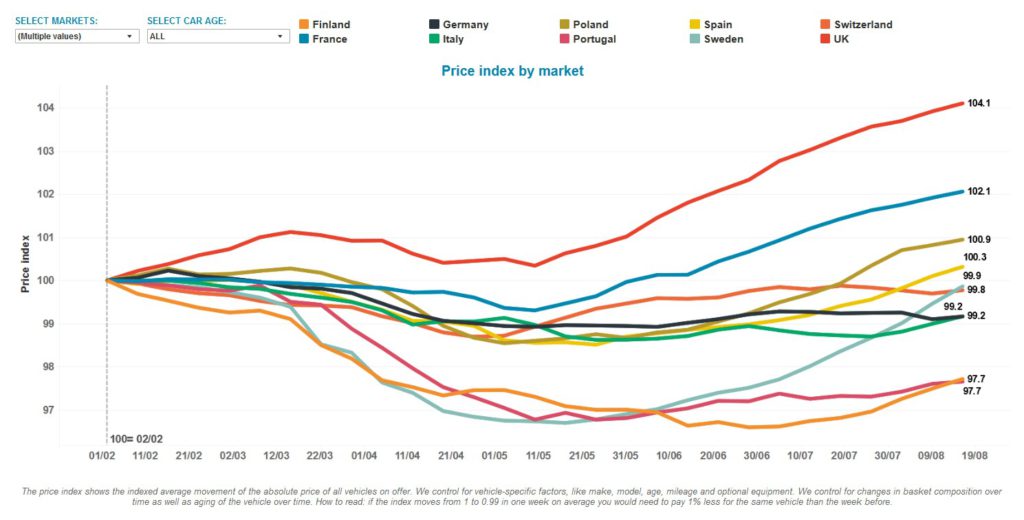The Autovista Group Daily Brief team takes a look at some of the challenges the automotive industry is facing, besides the ongoing complications caused by the coronavirus (COVID-19) pandemic. In this episode, emissions regulations, Brexit and the increased need for electric vehicles are up for discussion.
You can also listen and subscribe to receive further episodes direct to your mobile device on Apple, Spotify, Google Podcasts and search for Autovista Group Podcast on Amazon Music.

 Schließen
Schließen





